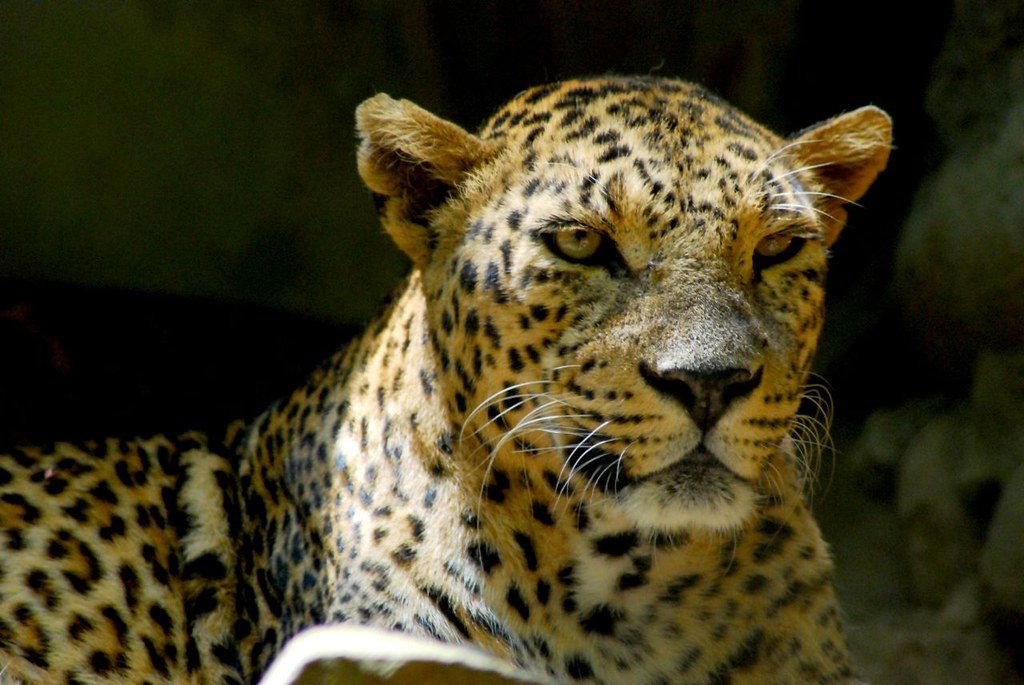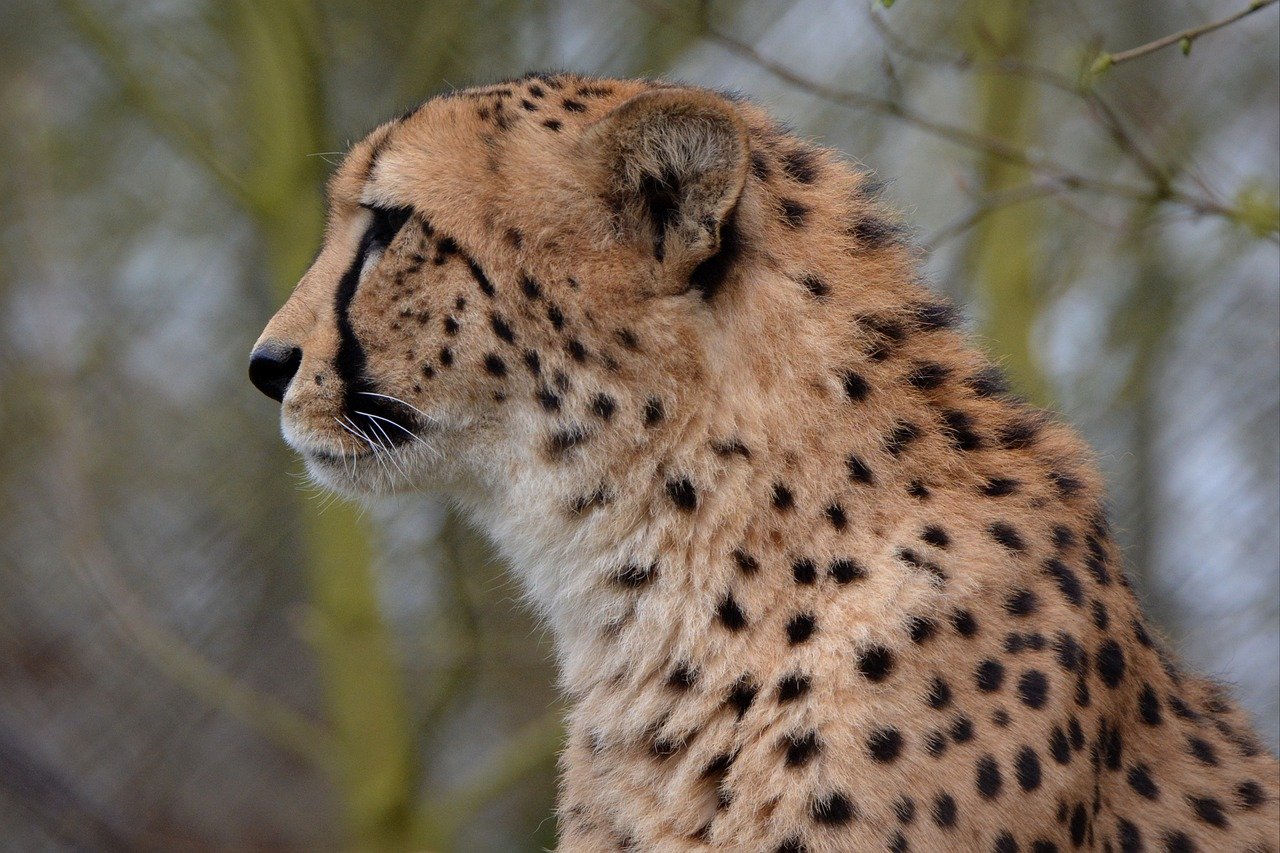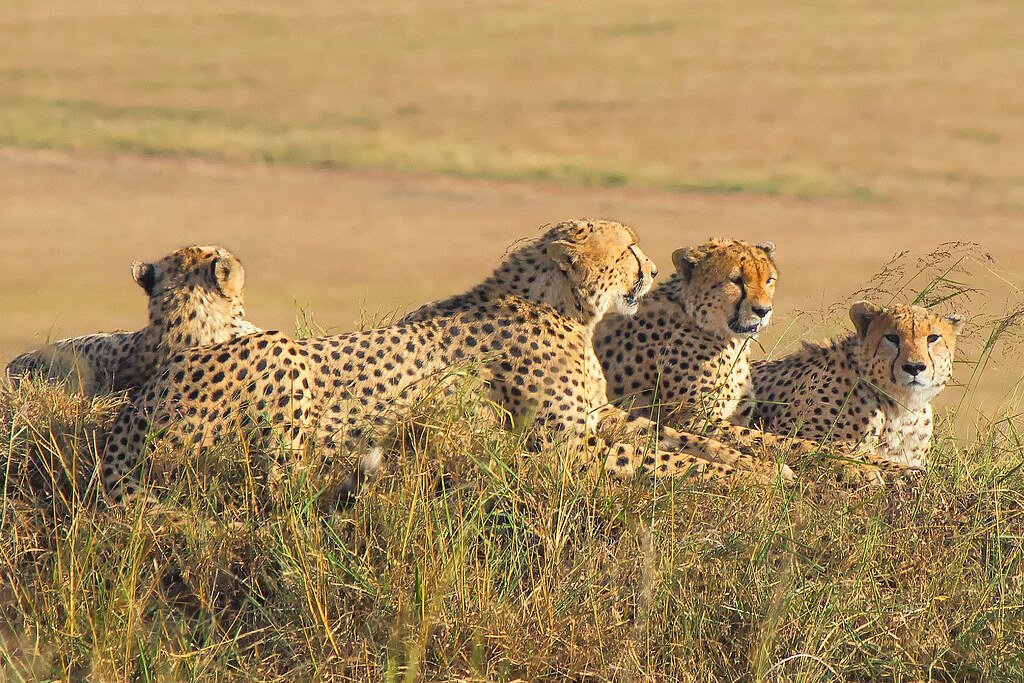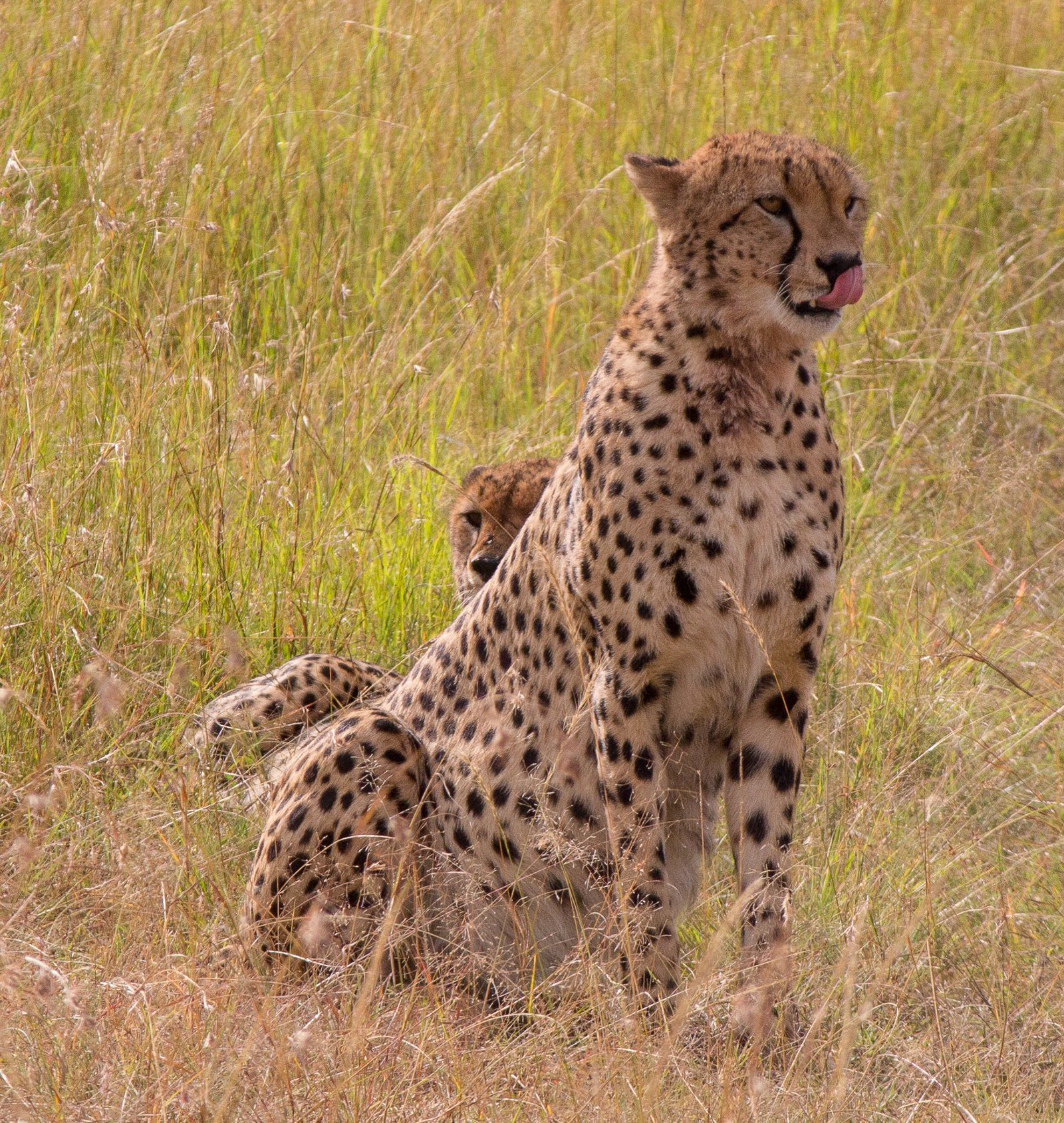Speed vs. Stealth: Two Completely Different Hunting Styles

Cheetahs are built for one thing – pure speed. They can hit 70 mph in just 3 seconds, making them the fastest land animal on Earth. But here’s the twist: leopards are actually better hunters overall. While cheetahs rely on their incredible sprint to catch prey in open grasslands, leopards are masters of stealth who can take down animals twice their size. Think of cheetahs as Formula 1 race cars and leopards as military tanks – both effective, but in completely different ways. The cheetah’s speed comes at a cost though; they can only maintain their top speed for about 30 seconds before overheating.
Body Build: Skinny Sprinter vs. Muscular Powerhouse

Look at a cheetah and you’ll see a lean, almost fragile-looking cat with long legs and a deep chest. They’re basically the marathon runners of the big cat world, except built for short bursts instead of endurance. Leopards, on the other hand, are pure muscle packed into a compact frame. Their stocky build and powerful shoulders allow them to drag prey weighing up to 200 pounds straight up a tree – imagine carrying a refrigerator up a ladder! A cheetah’s slender build means they weigh about 110-140 pounds, while leopards can reach 200 pounds of solid muscle. The difference is so dramatic that you’d never confuse the two once you know what to look for.
Spots Tell the Story: Solid Dots vs. Complex Rosettes

Here’s where many people get confused, but the difference is actually quite simple once you know the secret. Cheetahs have solid, round black spots scattered across their golden coat like polka dots on fabric. Leopards sport rosettes – flower-shaped patterns with spots around the edges and sometimes a spot in the center. Think of cheetah spots as simple circles and leopard rosettes as tiny donuts or even roses when viewed from above. The rosette pattern helps leopards blend perfectly with dappled sunlight filtering through forest canopy. Cheetahs’ solid spots work better in open grasslands where shadows create simple patterns rather than complex ones.
Facial Features: Racing Stripes vs. Compact Power

A cheetah’s face tells the story of speed optimization. Those distinctive black “tear marks” running from their eyes to their mouth aren’t just for show – they reduce glare during high-speed chases, just like the black paint athletes put under their eyes. Their small, rounded head sits on a long neck perfect for scanning the horizon while running. Leopards have broader, more powerful-looking faces with no tear marks, designed for crushing bone rather than aerodynamics. The leopard’s shorter neck and muscular jaw can deliver a bite force of 470 PSI, while a cheetah’s bite is relatively weak at just 400 PSI. It’s like comparing a precision instrument to a sledgehammer.
Climbing Abilities: Ground Specialist vs. Tree Acrobat

Ask a cheetah to climb a tree and you’ll get a confused look – they’re terrible at it. Their lightweight build and non-retractable claws make them about as good at climbing as a greyhound would be. Leopards, however, are basically the Spider-Man of big cats. They can scale vertical tree trunks with ease, leap between branches, and even sleep draped over thick branches 30 feet above ground. Watching a leopard haul a 150-pound antelope up a tree trunk is like watching someone carry a person up a rope – it shouldn’t be possible, but they make it look effortless. This climbing ability is crucial for leopards to keep their kills away from lions and hyenas.
Habitat Preferences: Open Plains vs. Dense Cover

Cheetahs need space – lots of it. They thrive in open savannas, grasslands, and semi-desert areas where they can use their speed advantage and spot prey from miles away. It’s like they need a natural racetrack to do what they do best. Leopards are habitat chameleons who can live almost anywhere – from African rainforests to snowy mountains in Russia, from Indian cities to Middle Eastern deserts. They’re the ultimate adapters, equally comfortable in a tree canopy or rocky outcrop. While cheetahs are becoming increasingly rare due to habitat loss, leopards have managed to survive in 68 countries across Africa and Asia. The leopard’s flexibility has made them one of the most successful big cats on the planet.
Social Structure: Single Mom vs. Solitary Hunter

Cheetah society revolves around mothers and their cubs, with females raising their young alone for up to two years. Male cheetahs sometimes form small groups called coalitions, usually brothers who hunt together for better success rates. Leopards are true loners who only come together to mate, then go their separate ways. A mother leopard will actually move her cubs to different hiding spots every few days to avoid detection by predators. Think of cheetahs as having loose family connections while leopards live like hermits. This difference affects everything from hunting success to survival rates, with leopard cubs having a much higher chance of reaching adulthood than cheetah cubs.
Hunting Time: Daylight Runner vs. Night Stalker

Timing is everything in the wild, and these cats have completely opposite schedules. Cheetahs are early birds and late afternoon hunters, avoiding the blazing midday heat when their bodies might overheat during a chase. They need good visibility to spot prey and use their speed effectively. Leopards are creatures of the night, doing 90% of their hunting after dark when their superior night vision gives them a massive advantage. Their eyes reflect light six times better than human eyes, turning them into living night-vision goggles. While you might spot a cheetah resting under a tree during the day, finding a leopard requires serious patience and often infrared cameras.
Conservation Status: Critical vs. Stable

This difference might be the most heartbreaking of all. Only about 7,000 cheetahs remain in the wild, making them more endangered than giant pandas. Their specialized lifestyle and inability to adapt to changing environments has put them on the brink of extinction. Leopards, while still facing threats, maintain a population of around 250,000 worldwide and are listed as “Near Threatened” rather than “Vulnerable” like cheetahs. The cheetah’s genetic diversity is so low that they’re essentially all cousins, making them susceptible to diseases that could wipe out the entire species. It’s like having all your eggs in one very fragile basket. Leopards’ adaptability has been their saving grace, but habitat destruction still threatens many subspecies.
Which of these magnificent spotted cats amazes you more – the lightning-fast cheetah or the incredibly versatile leopard?

Linnea is a born and bred Swede but spends as much time as possible in Cape Town, South Africa. This is mainly due to Cape Town’s extraordinary scenery, wildlife, and atmosphere (in other words, because Cape Town is heaven on earth.) That being said, Sweden’s majestic forests forever hold a special place in her heart. Linnea spends as much time as she can close to the ocean collecting sea shells or in the park admiring puppies.






